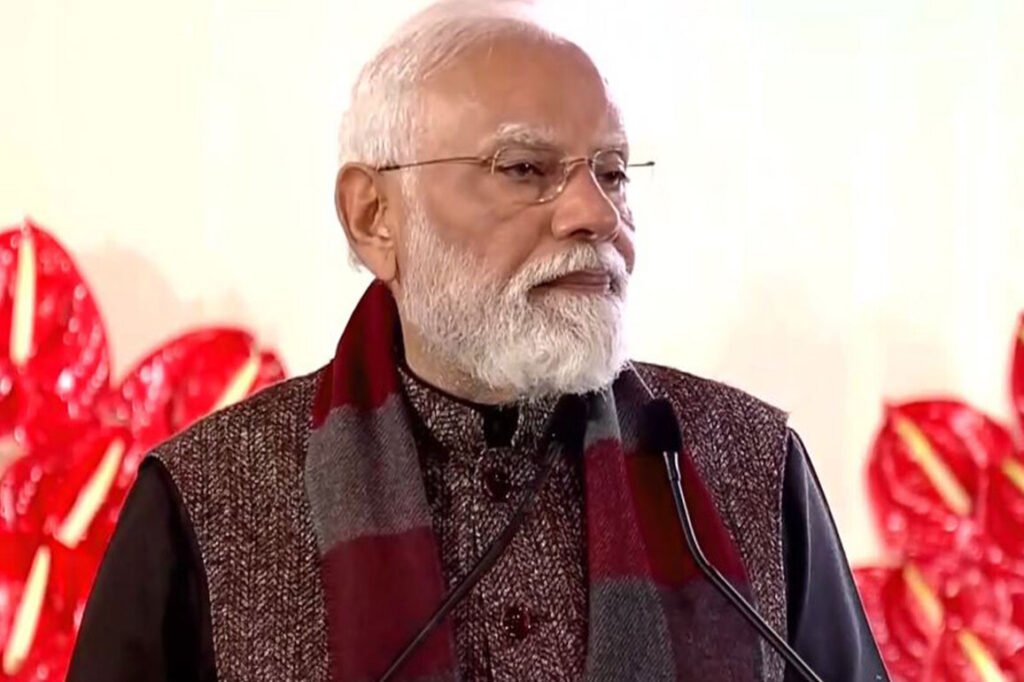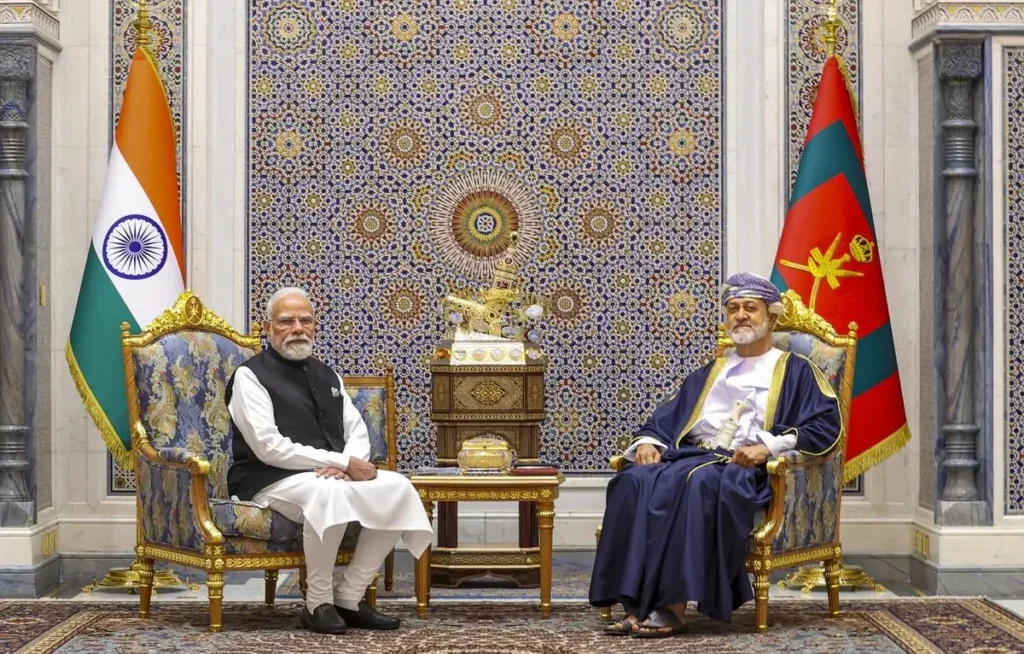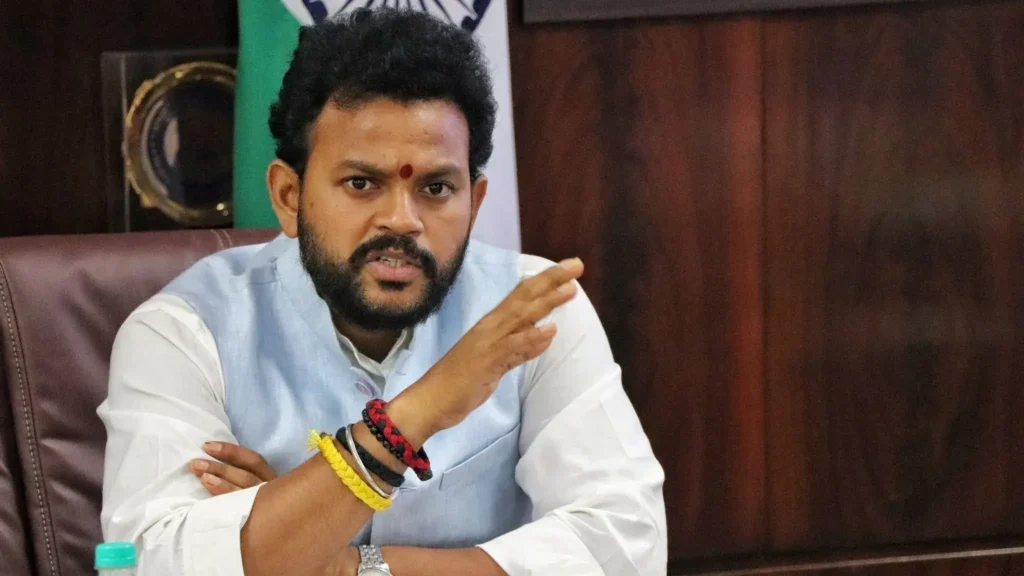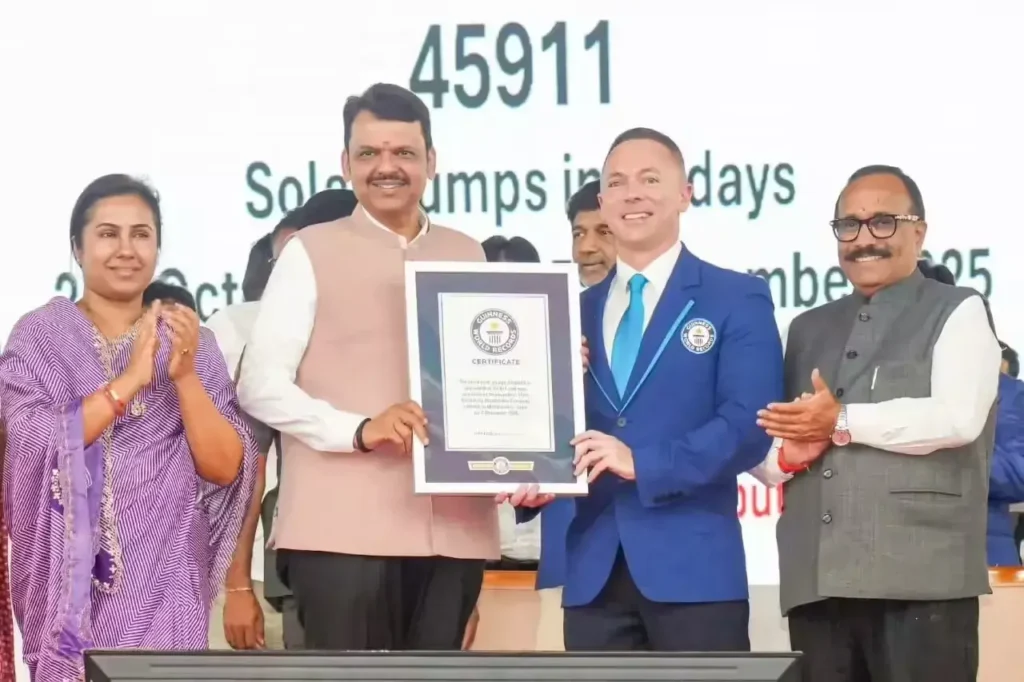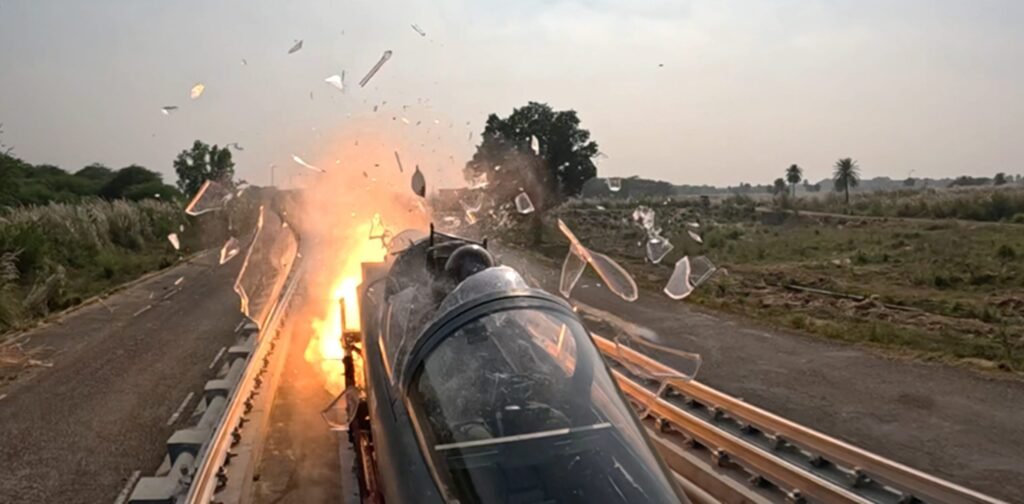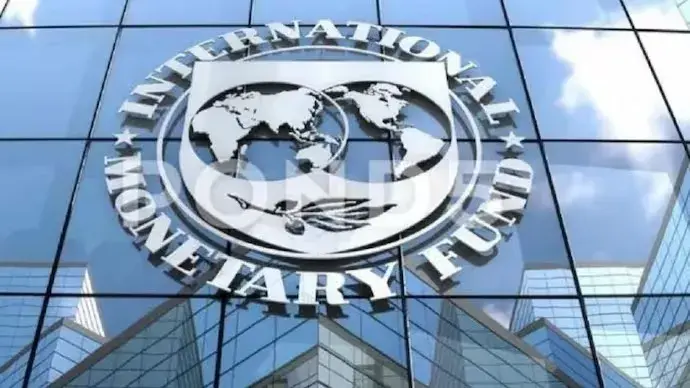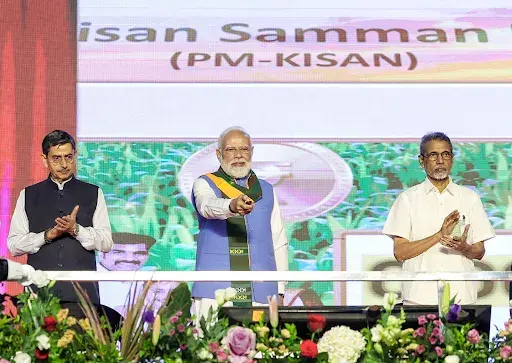Gen Z and Gen Alpha will drive India’s journey towards Viksit Bharat: PM Modi
Prime Minister Narendra Modi has emphasised that India’s future development will be led by its youngest generations, asserting that Gen Z and Gen Alpha will play a decisive role in achieving the vision of a Viksit Bharat. He said current policies are being designed with youth empowerment at their core, placing young people at the centre of nation-building. Speaking at the Veer Baal Diwas programme at Bharat Mandapam in New Delhi, the Prime Minister said he has deep faith in the competence, confidence, and capabilities of today’s youth. Referring to a traditional saying, he noted that wisdom should be valued regardless of age, as true greatness is reflected in one’s actions and achievements, not years. PM Modi observed that young Indians have already delivered inspiring accomplishments across fields, but stressed that these milestones are only the beginning of a much longer journey. He encouraged the youth to dream bigger and aim higher, noting that the nation now stands firmly behind their aspirations. Highlighting the contrast with earlier times, the Prime Minister said previous generations of youth often hesitated to dream due to an atmosphere of pessimism. In contrast, today’s India actively recognises talent, offers platforms for growth, and aligns the collective strength of 140 crore citizens with youthful ambition. He pointed to initiatives such as Digital India, which has empowered youth with access to the internet and learning resources, Startup India for innovation and entrepreneurship, and Khelo India for sporting excellence. He also referred to his recent participation in the Sansad Khel Mahotsav as an example of the growing ecosystem supporting young talent. Urging young people to remain focused, PM Modi cautioned against getting distracted by short-lived fame and stressed the importance of clarity in thought, values, and principles. He encouraged them to draw inspiration from national icons and ensure that their personal success contributes to the progress of the country as a whole. The Prime Minister further highlighted platforms like Mera Yuva Bharat, aimed at connecting young people, nurturing leadership skills, and creating opportunities across sectors. He reiterated that youth are central to India’s growth in areas such as space economy, sports, fintech, manufacturing, skill development, and internships, with new avenues opening across industries. Veer Baal Diwas, observed on December 26, was announced by PM Modi in January 2022 to honour the martyrdom of Sahibzadas Baba Zorawar Singh Ji and Baba Fateh Singh Ji, the sons of Sri Guru Gobind Singh Ji. Their sacrifice, he said, continues to inspire generations of Indians. Source: ANI
Gen Z and Gen Alpha will drive India’s journey towards Viksit Bharat: PM Modi Read More »

